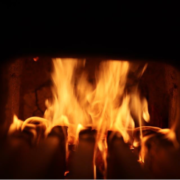Emission Testing: Tuning a Stove Like a Race Car
Yesterday, two fine fellows who manufacture stoves in southern Oregon visited our lab. One of the very competent guys had just installed a Corvette engine in a Jaguar, for fun.
We quickly got on the same page when the ARC staff showed them how an emission hood (with both real time and gravimetric measurements) enables quick experiments to improve performance and achieve clean burning.
Anyone involved with racing (or fixing cars) knows how a computer helps to tune a modern car. The biomass emission hood allows folks to tune stoves like race cars.
Testing for development means that the testing of a manufactured product will have known results.
You win the race.











